Stroke Recovery with HAL Exoskeleton | Upper & Lower Limb Therapy
Stroke Rehabilitation with Cyberdyne HAL Exoskeleton Therapy
Stroke affects millions of people globally every year, often resulting in weakness, coordination difficulties, and challenges with walking or using an arm. At RoboFit, we support stroke survivors across all stages of recovery using a combination of traditional rehabilitation and cutting-edge technology.
Our qualified physiotherapists and exercise physiologists lead every session and are certified in the use of the Cyberdyne HAL exoskeleton — the world’s first neuro-controlled exoskeleton technology. HAL therapy helps retrain the brain and body through active, intention-based movement that stimulates neuroplasticity and promotes functional improvement.
Whether you’re looking to improve walking, arm control, or reduce fatigue, this advanced therapy is designed to complement and accelerate your existing stroke recovery plan.
UPPER LIMB StROKE RECOVERY WITH HAL
- Shoulder and elbow stiffness
- Loss of fine motor control in the hand
- Spasticity or flaccidity in the upper limb
- Difficulty using the affected arm for daily tasks like dressing or holding objects
The HAL for Upper Limb device offers a new technology to assist with neuroplasticity and functional recovery.
How It Works
HAL (Hybrid Assistive Limb) for the upper limb is a wearable exoskeleton that supports active, voluntary movement. It detects tiny bioelectrical signals from your brain to your muscles — even if the movement is weak or incomplete — and supports the motion in real time.
- Reinforces brain-body connection
- Promotes correct movement patterns
- Reduces compensations and spasticity
- Improves functional control of the shoulder, elbow, and wrist
Training the Brain, Not Just the Muscle
Unlike passive therapies, HAL requires you to initiate the movement, which enhances neural rewiring through active participation and repetition. This makes HAL highly effective for:
- Improving shoulder-arm coordination
- Building grip strength and wrist mobility
- Relearning functional tasks like pouring or typing
Is It Right for You?
You may benefit from HAL upper limb therapy if you:
- Have limited movement or strength in one arm
- Experience spasticity or flaccidity post-stroke
- Can generate small voluntary signals (even if not visible)
- Are motivated to improve independence in daily activities
Relearn to walk with cyberdyne's hal lower limb exoskeleton
Walking after a stroke is often one of the biggest goals and challenges clients face. Many people struggle with:
- Foot drop or dragging
- Reduced stride length
- Hip and knee instability
- Fatigue or fear of falling
- Loss of confidence walking outside the home
The Cyberdyne HAL Lower Limb Exoskeleton is designed to retrain walking through real-time neuro-controlled movement.
How It Works
Unlike passive robotic trainers, HAL reads faint to strong signals from the skin using electrodes; called bio-electrical signals (BES) which reflect your brain’s intention to move. These signals activate the exoskeleton to assist each step, allowing your brain and body to learn correct walking patterns again.
- Engages neural pathways involved in gait
- Supports hip, knee, and ankle alignment
- Trains balance, symmetry, and rhythm
- Reduces compensatory movements
High-Repetition, High-Impact Neuroplasticity
Each HAL session provides meaningful practice that builds both motor control and confidence. Real-time feedback helps clients understand their gait mechanics and make adjustments on the spot.
HAL can be used to drive improvements in:
- Walking speed and distance
- Use of walking aids (or stepping down from them)
- Postural control and core activation
- Endurance and activity tolerance
Is It Right for You?
HAL Lower Limb therapy is ideal for stroke survivors who:
- Have partial or emerging control of one or both legs
- Can tolerate standing with assistance
- Are able to follow clinical instructions
- Want to work toward walking with or without aids
Who can use robofit and HAL EXOSKELETON

Adults and children with neurological and musculoskeletal conditions
Powered by the latest medical advancements, RoboFit uses a neuro-controlled exoskeleton called HAL to make the future of rehabilitation accessible today.
My Aged Care Case Managers, NDIS providers, support coordinators, plan managers or allied health professionals.
RoboFit can help you find a reliable exercise physiologist, physiotherapist or a new capacity building therapy for your clients. Make the referral and we can connect you to the right specialist.
meet some of our allied health professional team
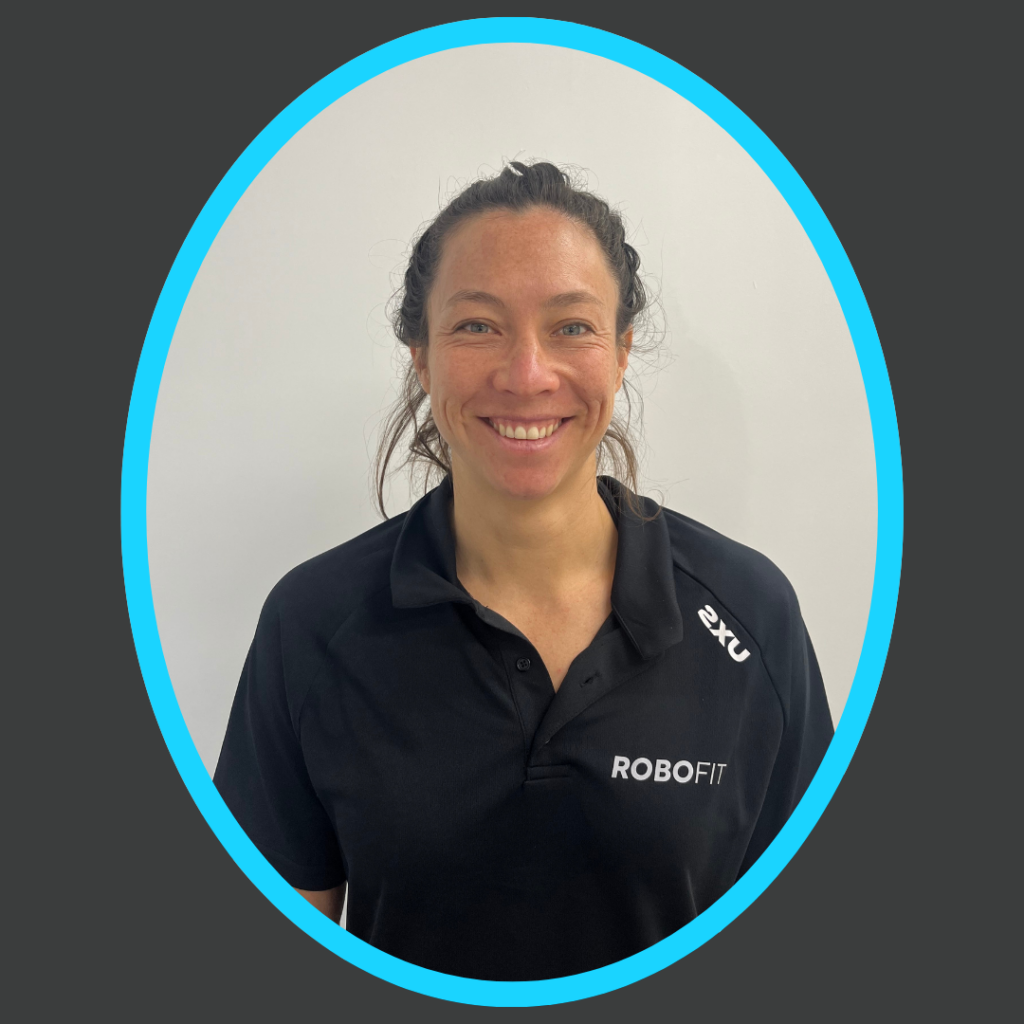
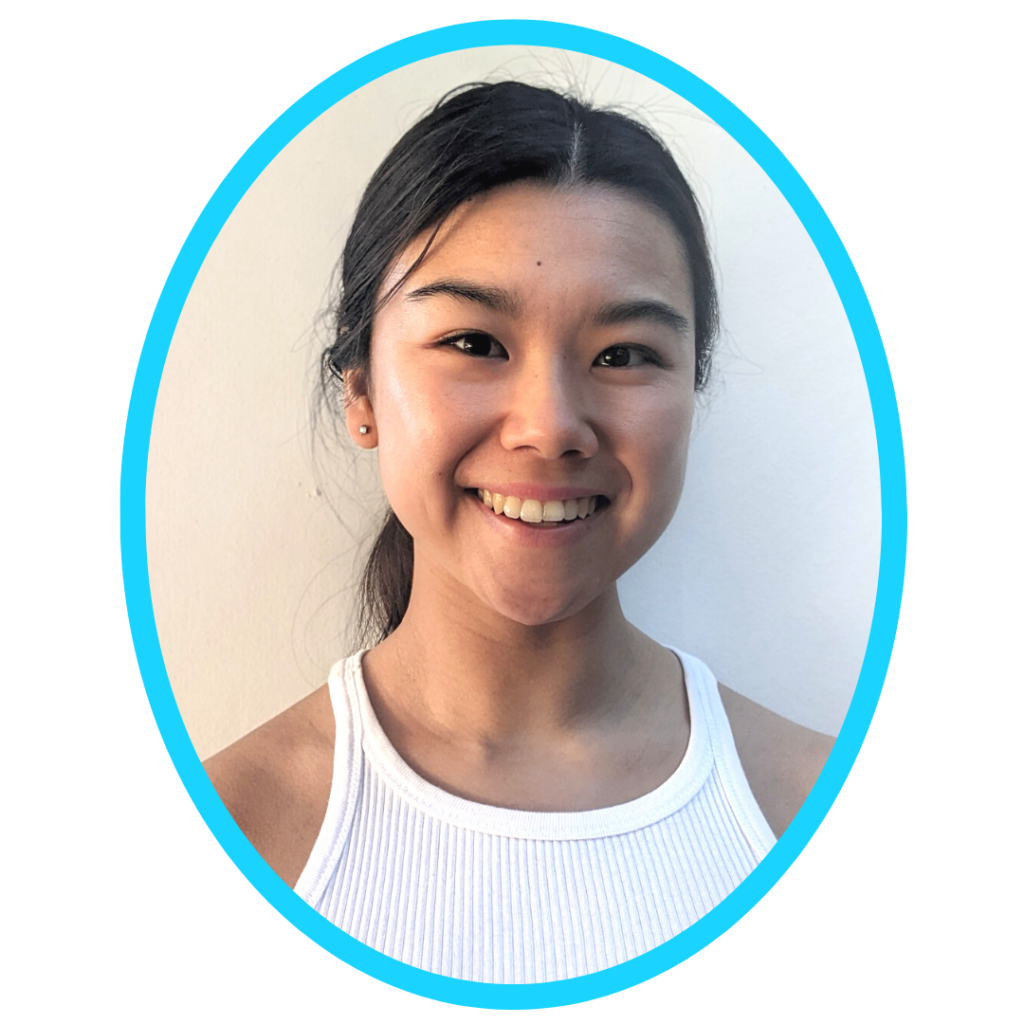

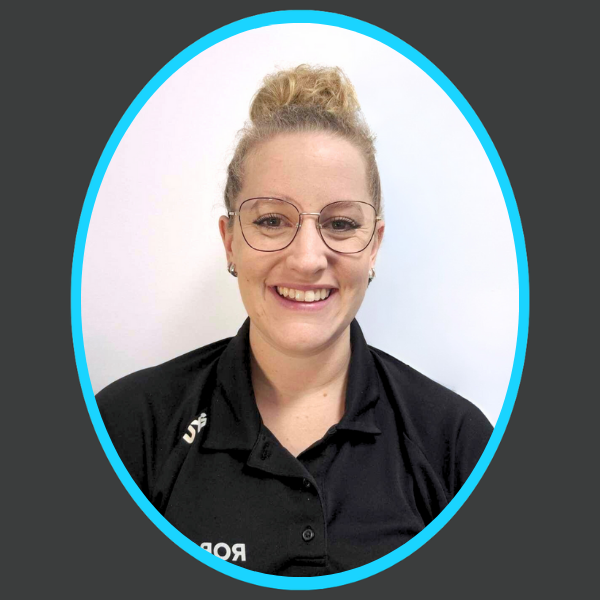
Jess Reid – Team Leader
Physiotherapist
Helen Fang – Physiotherapist
Jordi Davis – Team Leader
Exercise Physiologist
Elke Parker – Team Leader
Clinical Exercise Physiologist
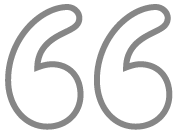
Using HAL is about more than standing and walking. It’s about doing something that I was told I’d never be able to do again.
It’s about taking back control of my life, my story and believing that I should never give up.
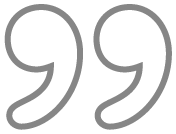
Daniel Hillyer
RoboFit Co-pilot